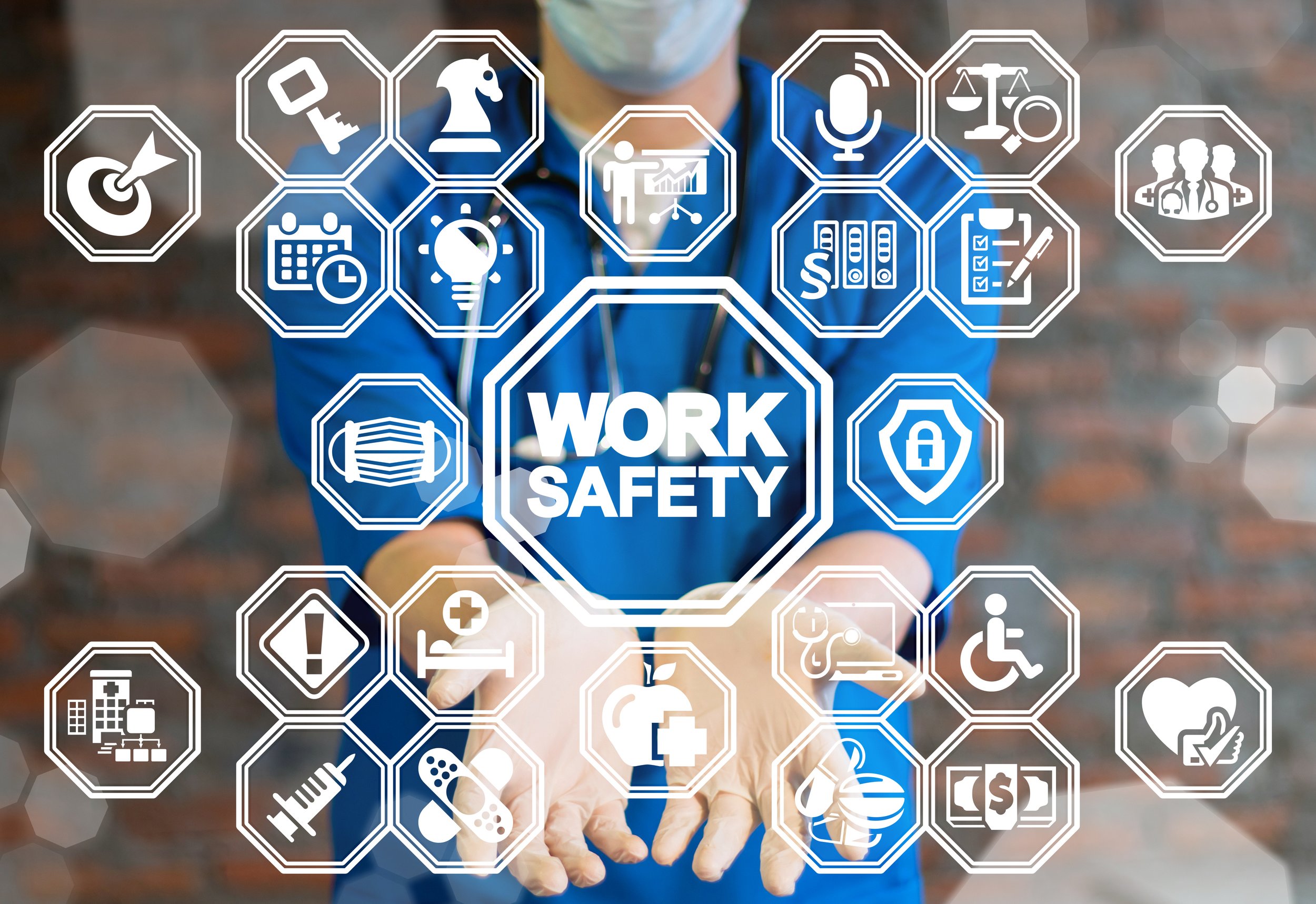Improving Workplace Safety: The Role of Culture, Training, and Technology in High-Risk Industries like Healthcare
Workplace safety in healthcare settings, particularly in light of the COVID-19 pandemic and now, involves careful coordination. Todd Larson, an expert in workplace and public safety at HonorHealth, highlights the need for a culture of safety, effective training, and the use of technology to improve communication and prevent workplace violence. Using a digital command center to monitor safety performance in real-time and predict potential hazards is critical for success and increases safety. Creating a safer work environment and preventing incidents of violence against healthcare workers starts with culture.
Combating Healthcare Inequities and Improving Care for Patients with Disabilities
Organizations must combat inequity by better meeting patients where they are. As healthcare leaders, we are only just beginning to understand the importance of inclusivity when conducting a structural assessment of your institution’s readiness for doctors and patients with disabilities. As organizations struggle to support clinicians’ mental health and address burnout post-pandemic, it is important to explore ways to make the profession accessible to physicians with disabilities. Dr. Poullos, founder and Co-Chair of the Stanford Medicine Abilities Coalition (SMAC), a group composed of people with disabilities and their allies at Stanford Medicine, shares his vision for a digitally-enabled inclusive healthcare system and how organizations can combat inequity by better meeting patients where they are.
Meet Staffing Challenges by Tapping into Overlooked & Unutilized Resources
Will Patterson, CEO of CareRev, and Mark Smith, VP of Workforce Strategy & Analytics from Providence Health, discuss strategies to improve the work environment and give healthcare professionals the work-life balance they are seeking. By shifting the healthcare labor paradigm with efficient on-demand models, health systems meet staffing challenges by tapping into overlooked & underutilized talent pools. Harness and extend the potential and power of your existing workforce, minimizing the challenges of onerous onboarding, credentialing, and training processes to speed up access to work.
Banishing Burnout with Best in Class Technologies - Empowering Your Healthcare Workforce
Exhausted and overwhelmed, clinicians are reaching a breaking point as the COVID-19 pandemic enters yet another phase. Physicians have less autonomy, while suffering in unsupported environments. Technology developed to improve treatments, remote communication, and clinical data collection have become additional burdens to bear. Dr. Vivian Pender, President of the APA, Dr. Jon Ripp, Chief Wellness Officer at the Icahn School of Medicine at Mount Sinai, and Anthony Giordano VP at Sermo sat down to discuss how clinicians in an ever-changing workforce can adapt technology to encourage peer to peer connection, reduce burnout, and how building a refreshed healthcare system starts with leadership and listening.




